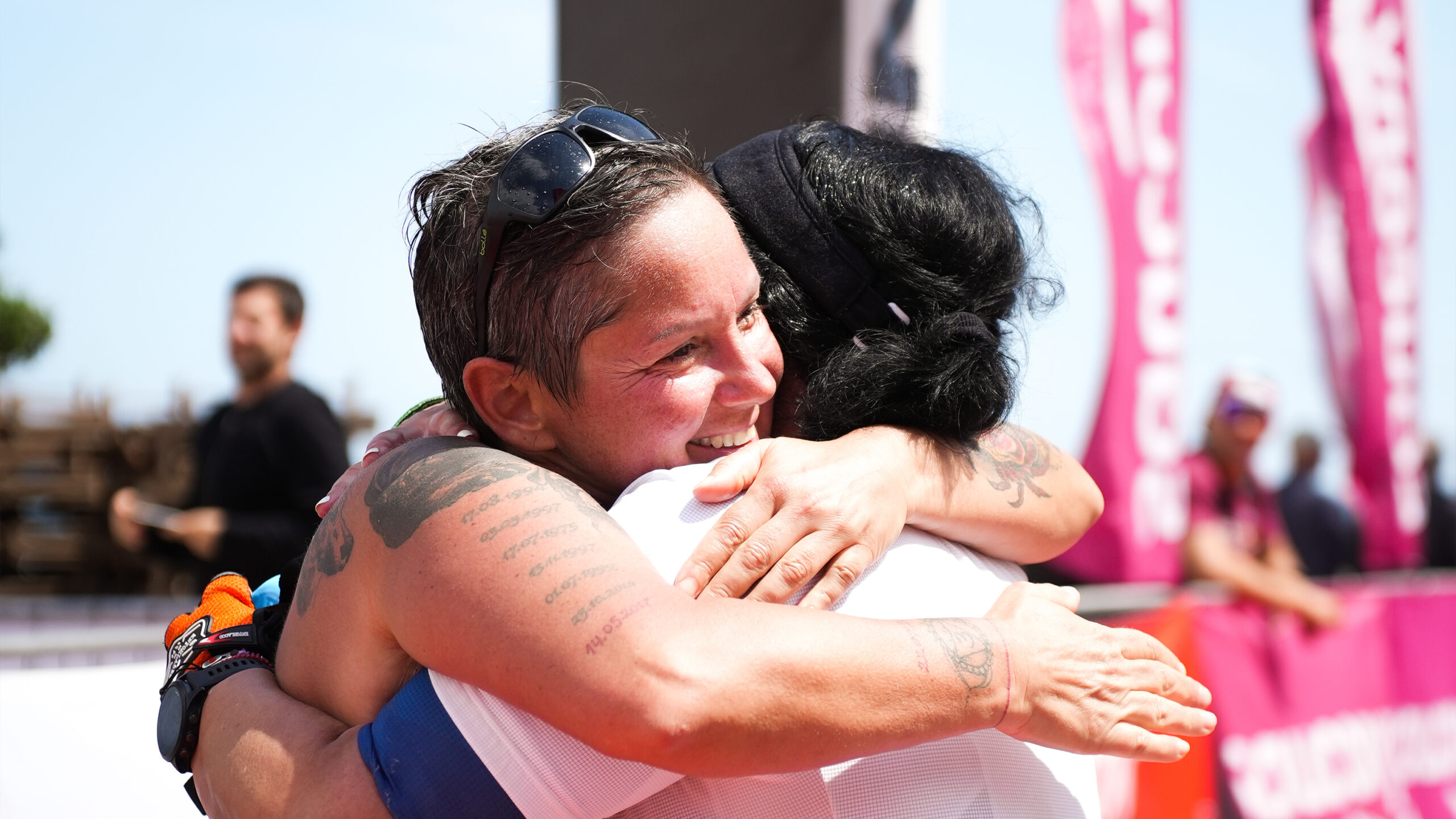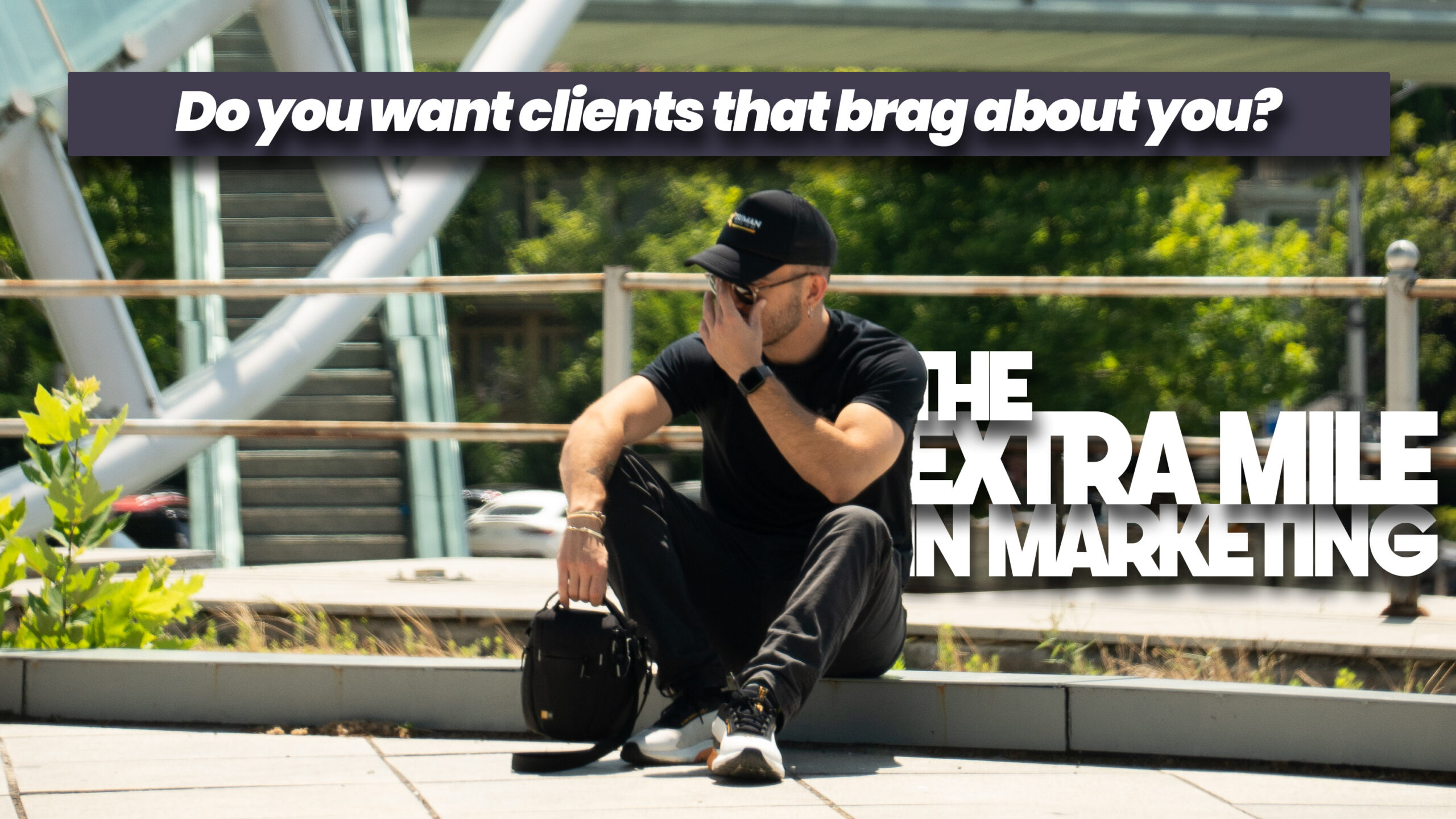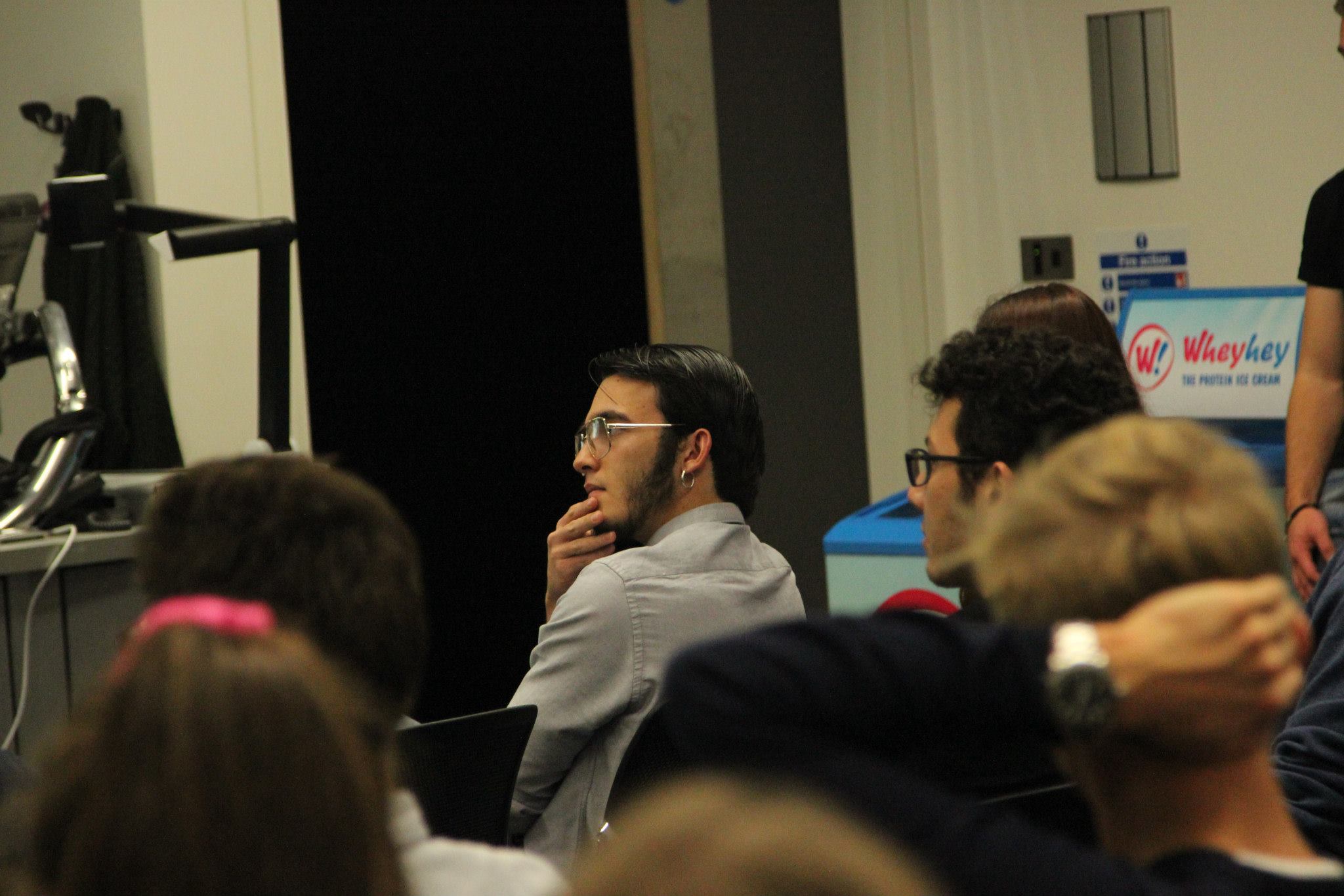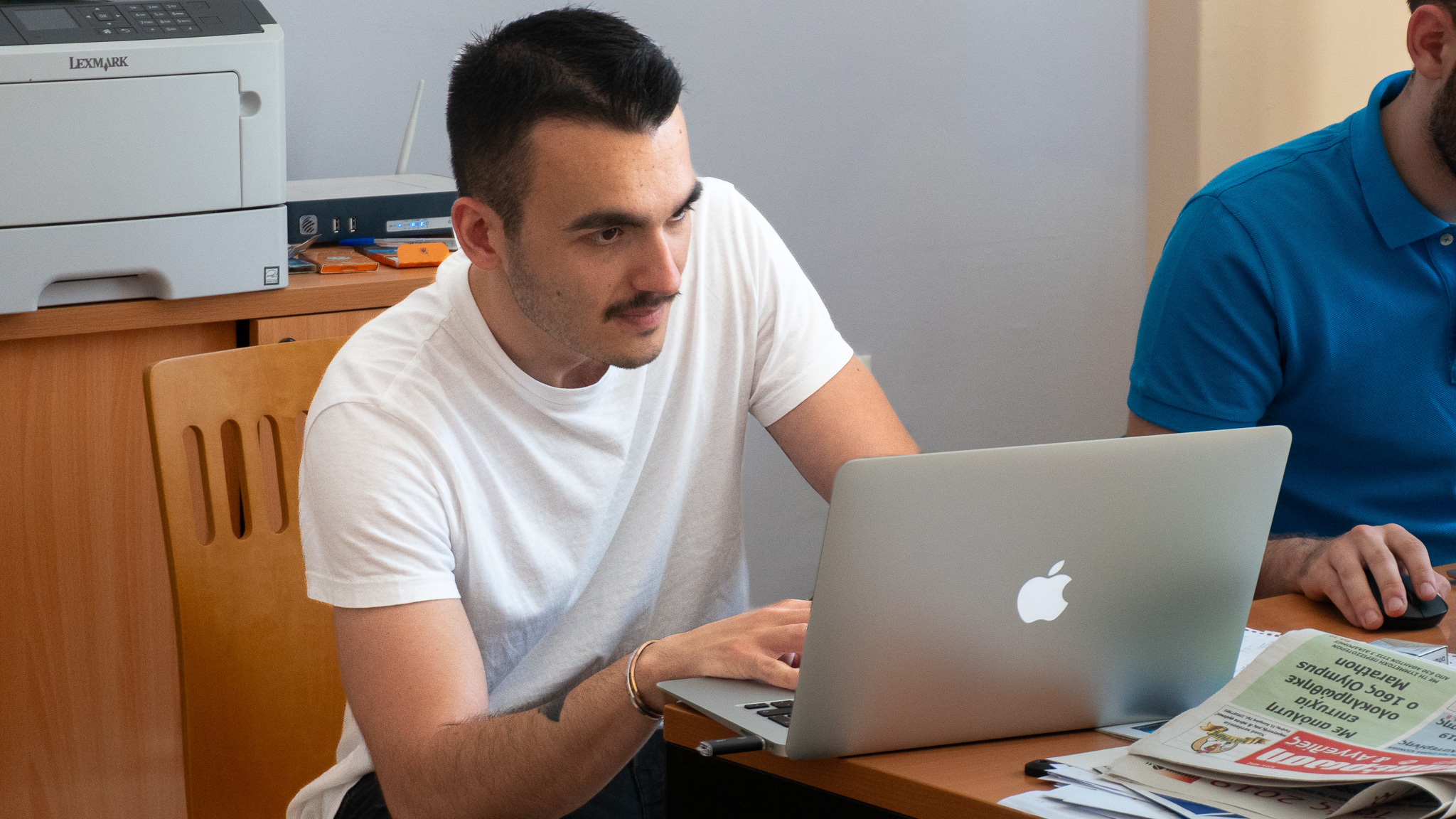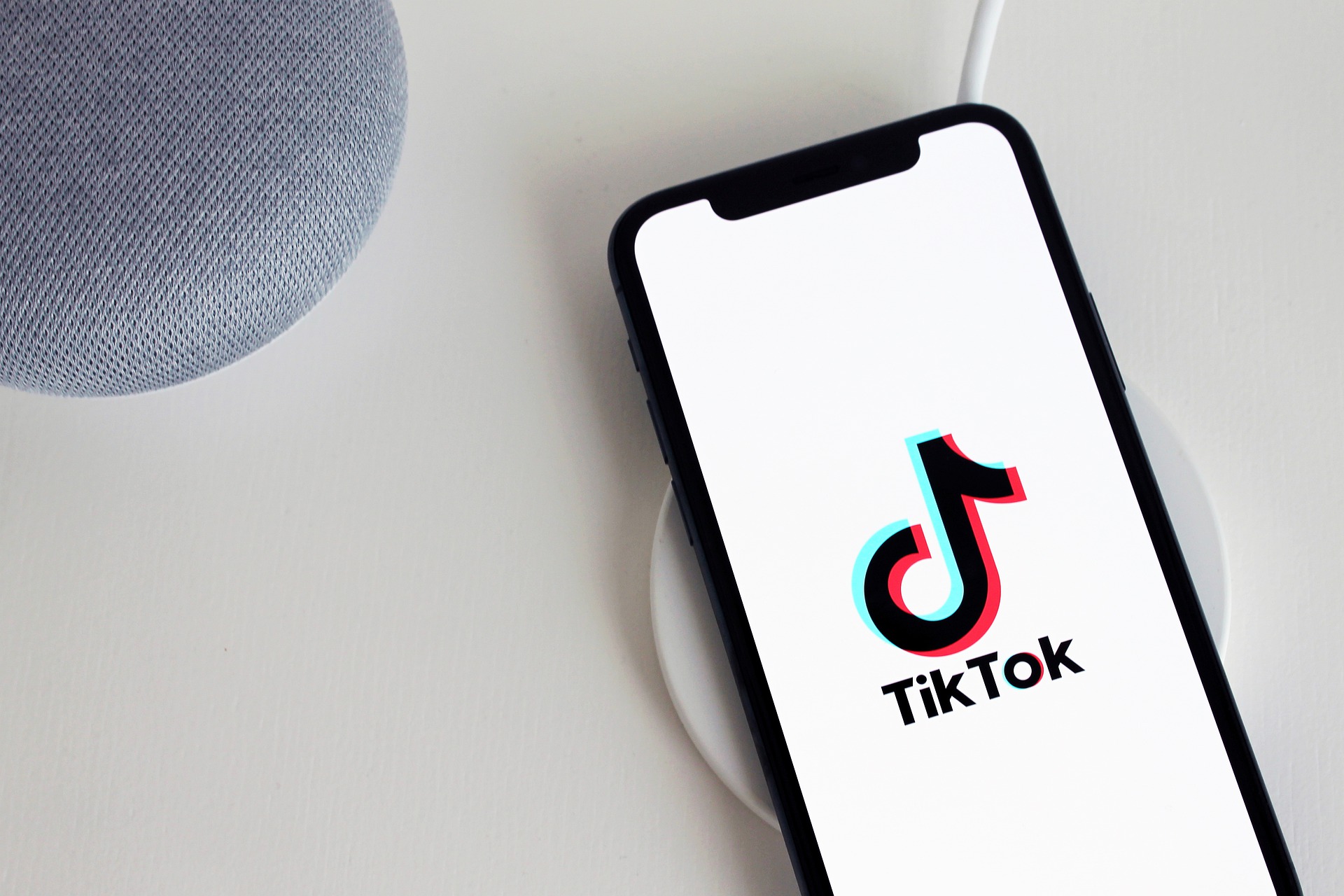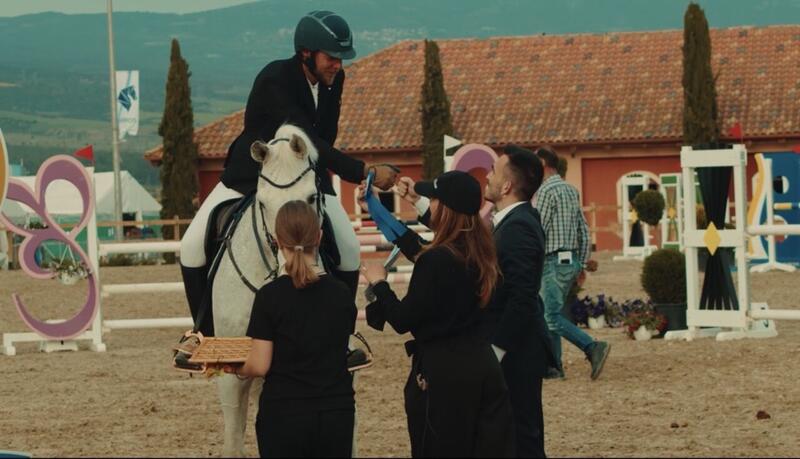Going Live for Real Impact: How Social Media Broadcasting Can Win Elections
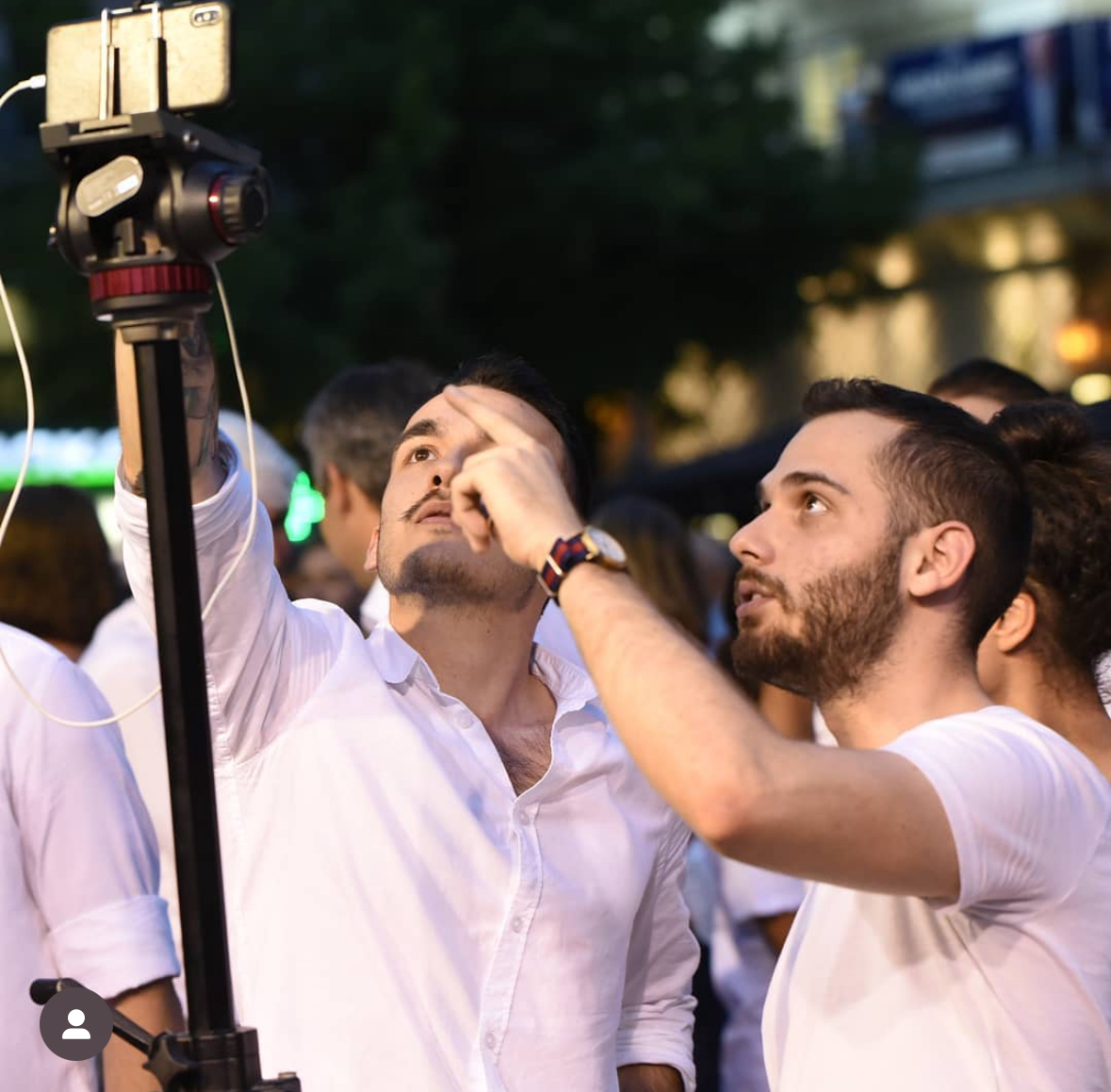
In a political campaign, timing is everything — and so is presence
In 2019, I decided to take a chance: instead of waiting for press coverage or post-event recaps, I went live. Literally. We streamed a public debate and candidate presentation directly on Facebook. The result? Massive engagement. Organic reach. Shares from nearly every local media outlet. And most importantly: voter trust.
At the time, live broadcasting wasn’t common in politics, especially at the local level. While others focused on printed press or heavily-edited clips, we simply turned the camera on — and invited people in.
It was, probably, their hesitation of exposing faults in public speech…
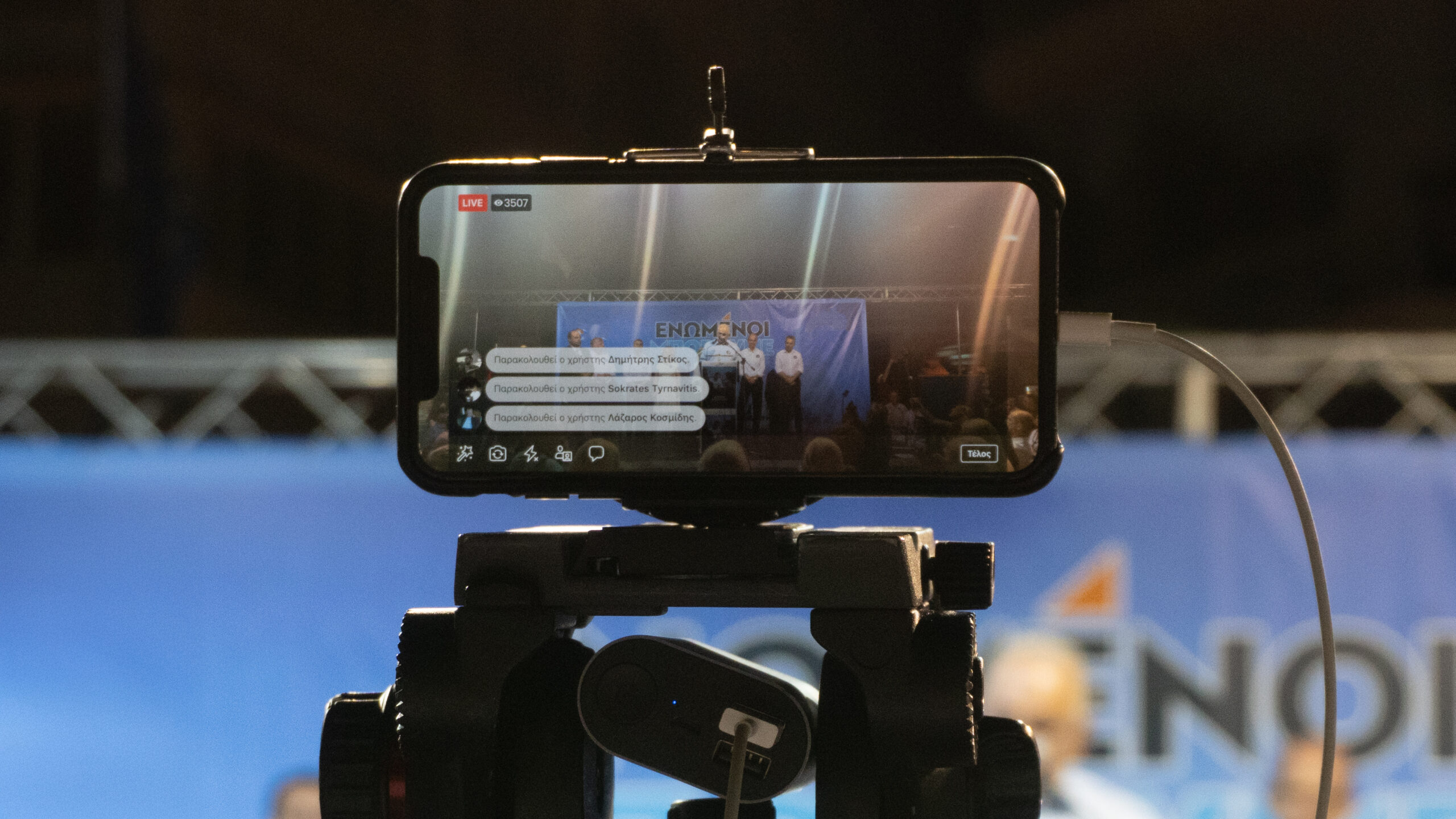
Why Going Live Works
Authenticity wins: Voters crave realness. A live video shows the unfiltered version of a candidate — their reactions, tone, presence, and energy.
Engagement explodes: Facebook prioritizes live content. Notifications go out. Comments come in. The algorithm pays attention.
Zero delay: No editing, no waiting. Your message is out in real-time.
Press amplification: In my 2019 case, local reporters and outlets shared my stream as their main source — which flipped the communication hierarchy completely. We became the primary medium.
How to Do It Right
1. Announce ahead of time
Treat your live like a real event. Schedule it. Tease it with countdowns, Stories, email reminders, and pinned posts.
2. Use simple tools well
You don’t need a TV studio. A phone on a tripod and decent lighting will do. If you’re on Facebook, use Meta Live Producer for better control.
3. Assign a moderator
Someone should be behind the screen: monitoring questions, blocking trolls, keeping things smooth. Live is alive — and anything can happen.
4. Save and repurpose
After the live ends, don’t let it die. Download, subtitle, clip highlights, and use them for reels, emails, or website content.
Common Mistakes to Avoid
No plan = poor delivery: Going live doesn’t mean going unprepared. Rehearse your key points.
Overproduction: Over-editing ruins the point. Live means real.
Ignoring comments: Engagement is a two-way street. Assign someone to reply live or after.
Real Case, Real Impact
In 2019, what started as a simple idea — livestreaming a debate from my phone — turned into a PR breakthrough. Instead of chasing reporters, they came to us, resharing our footage. It didn’t cost a thing. But it built presence, credibility, and momentum that traditional ads couldn’t match.
Final Thoughts
Going live isn’t just about tech. It’s about showing up. It’s about giving your audience the feeling of being present, involved, and connected. In a world where trust is fragile, live video offers something rare: truth in real time.
Useful Tools & Links
Meta Live Producer – Advanced live settings on Facebook
StreamYard – Simple browser-based live streaming tool
Restream – Multistream to YouTube, Facebook, LinkedIn
OBS Studio – Free open-source live production tool

